This article is a guest post on NoCamels and has been contributed by a third party. NoCamels assumes no responsibility for the content, including facts, visuals, and opinions presented by the author(s).
Sarah Peguine and Michal Freedman are the founders of Art Source, a platform that provides exclusive access to discover and buy contemporary Israeli art from leading and emerging artists.
Art photography is taking an increasingly dominant place in the contemporary art scene. In Israel too, museums and collectors are itching to acquire the latest artworks of leading Israeli photographers.
SEE ALSO: 10 Contemporary Israeli Artists To Watch In 2019
With a history steeped in iconic images of the country’s founding, and the whole world eyeing news-cycle images pouring out of Israel’s ongoing conflict, contemporary Israeli photography is unique in its position.
Some artists try to walk the line between journalistic and fine art photography, documenting the beauty and turmoil of everyday life in the Middle East. Others use photography as a tool to pose questions of personal identity. While landscape photography is a classic theme, some contemporary Israeli artists are reimagining a new approach to the genre by infusing the local landscape with political, social and historical contexts.
The innovative spirit that many see as a defining trait of Israeli culture is also evident in the practice of some of Israel’s photographers, with many developing innovative techniques to push the boundaries of the medium of photography.
Here we curate a selection of some of the most interesting contemporary Israeli photographers, both veteran and emerging, who we believe embody this multi-faceted reality.
Tal Shochat
Tal Shochat’s distinct photographic style is highly theatrical and meticulous. She mounts her photographs with a great deal of precision, rich vibrant colors, drama, and reserved elegance while disclosing her intimate inner self.
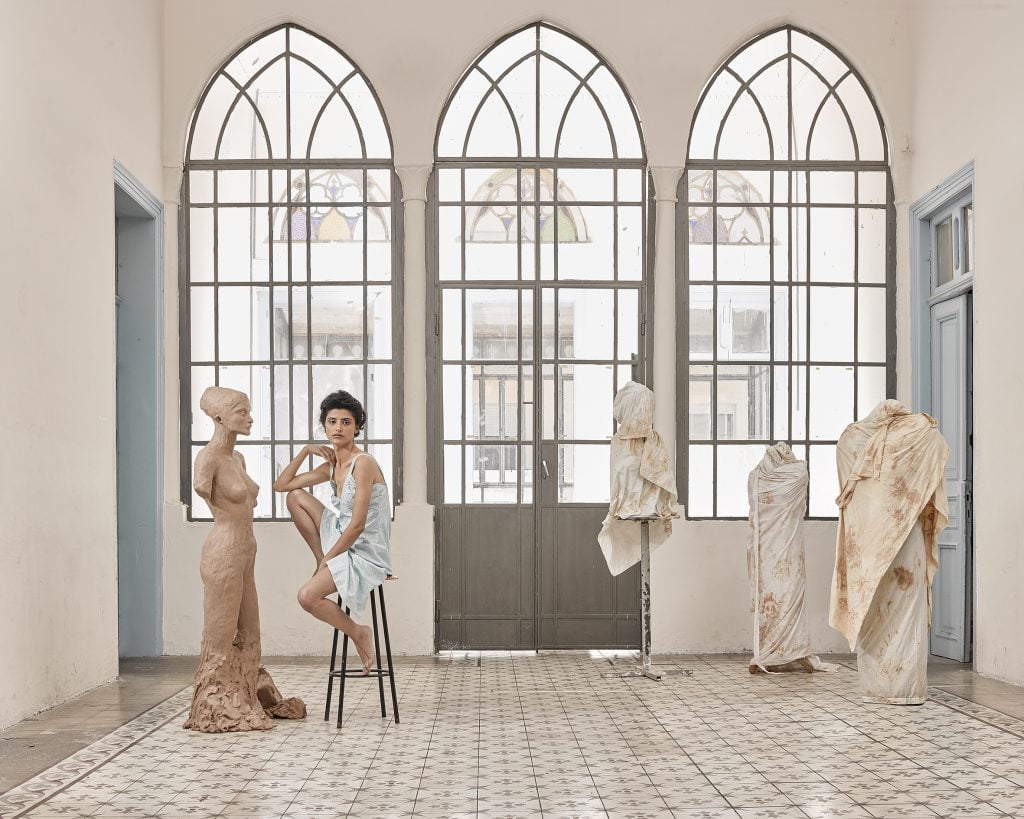
In her work, Shochat, 45, deals with questions of identity, femininity, racism, home, family, community and the environment. Her dramatic photographs are composed of symbolic and contradictory figures and objects that challenge and undermine the distinction between the natural and the artificial, the real and the imaginary. By mixing different moods and isolating them from time and geography, Shochat is constantly operating on the border between the personal and the collective.
Shochat’s artworks can be found in the permanent collections of the Los Angeles County Museum of Art (LACMA), and The Victoria and Albert Museum (V&A) in London as well as The Israel Museum, Jerusalem. Other venues to exhibit her work include The National Museum of American Jewish History in Philadelphia; Nevada Museum of Art, Reno; Tel Aviv Museum of Art; Haifa Museum of Art, Herzliya Museum of Contemporary Art, and The National Gallery of Modern Art, New Delhi, India.
Adi Nes
Adi Nes, 53, is widely recognized as one of the most important, leading fine art photographers in Israel. Over the decades, his groundbreaking work has inspired generations of artists to present the multi-layered complexities of Israeli identity. Since completing his studies in the Photography Department of the Bezalel Academy of Art and Design in Jerusalem in 1992, Nes’ work has been exhibited worldwide and is featured in some of the best private and public collections.
Nes secured a place in Israeli art history when his iconic photograph, Untitled (The Last Supper) was sold at Sotheby’s New York in 2005 for $102,000 and again in 2007 for the unprecedented sum of $264,000, a record for an Israeli photographer.
Nes’ works wrestle with social and political questions revolving around gender, the center vs. the periphery, Eastern vs. Western cultures, ethnic issues, Judaism, local myths, militarism, humanism, and social justice. Like many Renaissance and Baroque artists from whom he draws inspiration, Nes deals with spiritual revelation as manifested in humble and familiar redemptive moments.
Oded Balilty
Oded Balilty, 40, is the first and only Israeli photographer to receive the Pulitzer Prize. In 2002, at the height of the second Palestinian uprising, he joined The Associated Press. In 2007, Balilty won the Pulitzer Prize for his photograph of a lone Jewish settler, confronting Israeli security officers during the evacuation of a West Bank settlement outpost.
In recent years, Balilty has been working on personal projects focusing on the thin line between photojournalism and fine art. While these two styles appear dramatically different, for Balilty, they inform one another. His fine art photography has been exhibited in museums and galleries in Israel and around the world and his journalistic work has been commissioned for editorial assignments by Time Magazine, National Geographic, and many others.
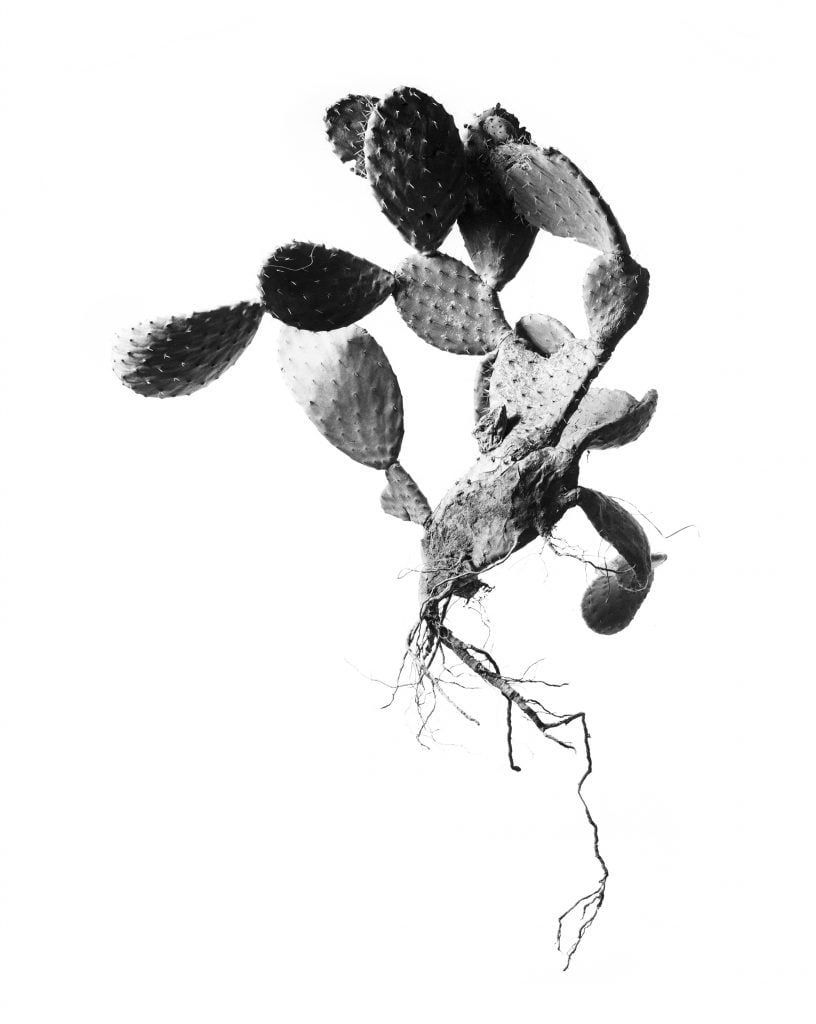
Balilty lives in Tel Aviv and photographs current events and documentary features for AP in Israel, the Palestinian Territories, and around the world.
In addition to his Pulitzer Prize (2007), Balilty is also the recipient of World Press Photo (2008, 2007), Picture of the Year International (2014, 2012), Overseas Press Club of America (2013), UNICEF Photo of the Year (2008), National Geographic All Roads Photography Program (2007) and the Sigma Delta Chi Award (2007).
Sharon Ya’ari
Sharon Ya’ari, 53, work focuses on desert landscapes, seemingly mundane objects and routine life throughout the land of Israel, while inducing from them a range of complex socio-political sensitive insights.
Sign up for our free weekly newsletter
SubscribeHis photographs depict the remainders of private actions and motivations, which are unrelated to art or photography, but under his lens raise questions about local identity, and about the way trivial matters can become charged with meaning by being present over an extended period of time; lying there, piling up, accumulating, taking form. His images tell a story, usually one related to existence and near-extinction.
Exhibitions of his work have been shown in prestigious museums and galleries worldwide. Ya’ari is currently a Senior Lecturer at the Master of Fine Arts program, as well as the Photography Department at the Bezalel Academy of Arts and Design, Jerusalem.
Irit Tamari
Irit Tamari, 42, is an experimental artist working with various manipulations of photography; inscribing and peeling the photo surface, creating intricate collages, cutting and mixing photos to compose 3D objects, and constructing site-specific installations.
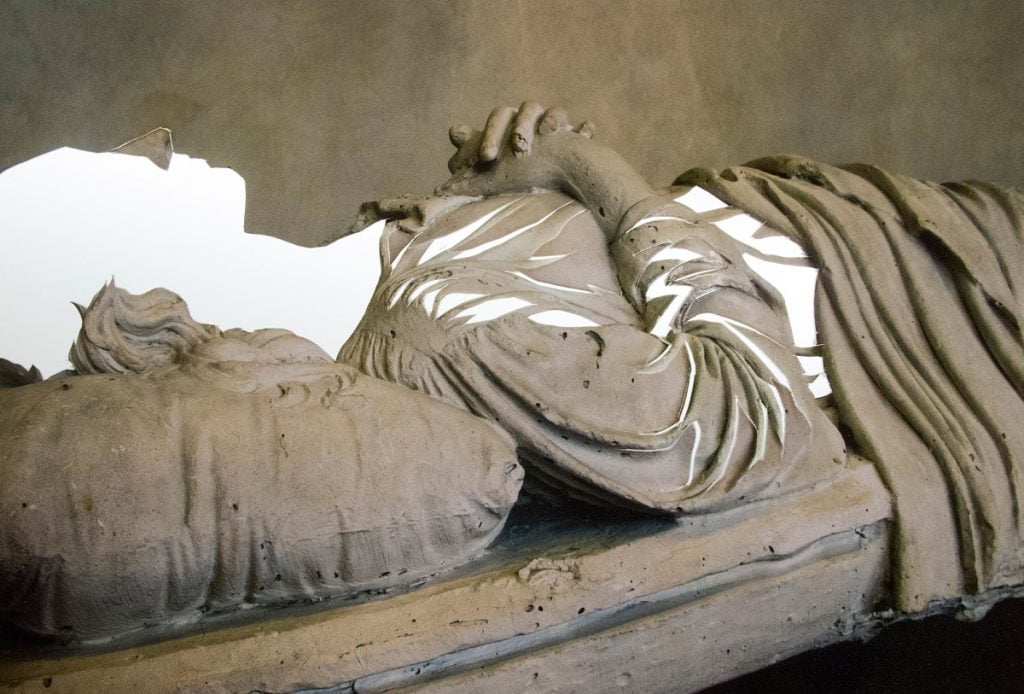
Her unique approach to photography stems from a deconstructive sculptural perspective that results in the intersection of the two mediums; expanding and challenging any categorical boundaries between them. The photograph serves Tamari as a material rather than a fixed visual, allowing her to question the essence of images.
Her work has been exhibited in venues in Israel and abroad, among them at NADA New York, ART SOUTERRAIN Montreal, REDTORY Guangzhou, CIGE Beijing, Herzliya Museum of Contemporary Art, Ashdod Museum of Art, Eretz Israel Museum, and more.
Daniel Tchetchik
Tchetchik, 43, is the founder and chief editor of “Haaretz” newspaper’s renowned photography blog. He has also served as a staff photographer for the publication since 2003.
Using photography to investigate his natural surroundings, Tchetchik’s art deals with the search for visual representations and reflections of contemporary emotions in landscapes and people. He has a unique ability to tell stories about current events that we may already be familiar with, from a surprising or innovative point of view, making us see them in a new light. Presenting his works in two different platforms – exhibited in series’ and published in artist books – allows him to change the narrative of a single image.
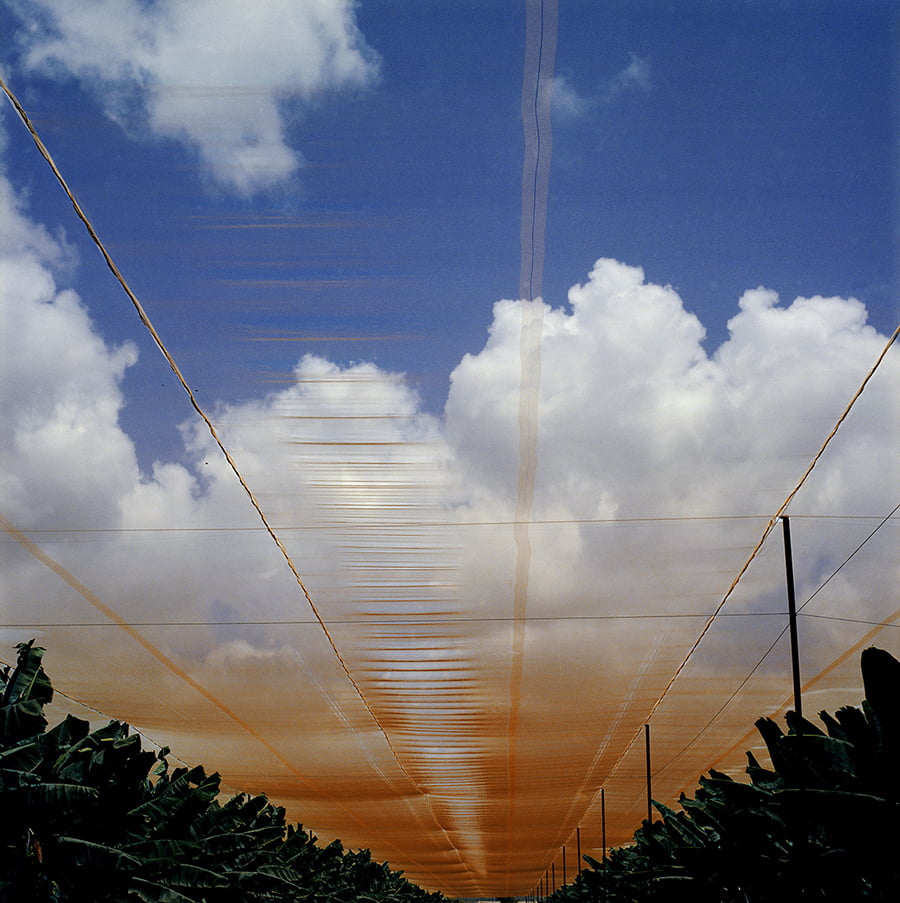
His work spans a wide range of subjects: from global warming to scenes from everyday life. Recently, Tchetchik was commissioned by the International Red Cross to offer his unique photographic point of view on the refugee crisis.
Tchetchik often works with analog film that has been exposed to radiation and kept in harmful conditions in order to reveal features of the photographic practice and the subject matter. Both his personal and journalistic work have been displayed in leading museums, galleries and publications in Israel and abroad.
Pavel Wolberg
Coming from a photojournalistic background, Pavel Wolberg, 53, questions the boundaries between journalism and art, often creating with his oeuvre a bridge between these two worlds.
In his work Wolberg captures Israeli culture and society and its different facets, photographing moments of daily life: children, adults, soldiers, settlers, punk rockers, religious Jews, political occurrences and cultural traditions are all a part of Wolberg’s body of work.
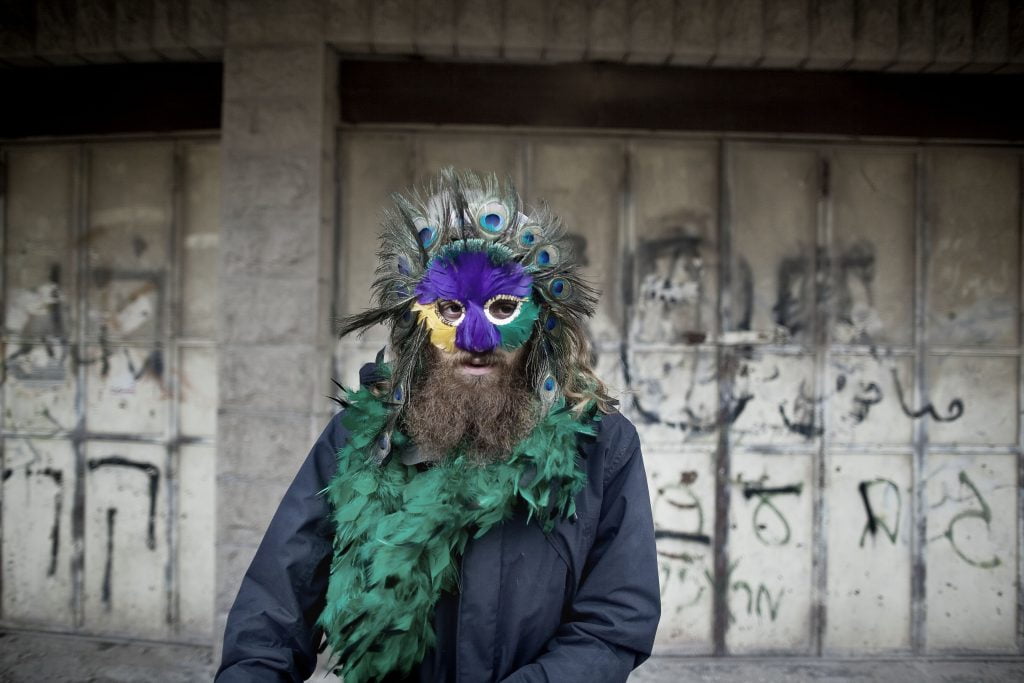
Pavel Wolberg’s photographs can be found in the prestigious collections of such institutions like the Fond National d’Art Contemporain, France, The Israel Museum, Jerusalem, The Jewish Museum, NYC, Kadist Foundation, San Francisco, Paris, La Maison Rouge, Fondation A. de Galbert, Paris, Lac Collection, Geneva, Marcel Brient collection, Paris, Neufite Vie collection, Paris, The Phoenix collection of Art, Tel Aviv, Sherman Collection, Sidney, Tel Aviv Museum of Art, Tel Aviv as well as many private collections.
Vera Vladimirsky
Vera Vladimirsky, 34, is a recent MFA graduate from Bezalel Academy of Art & Design and an up and coming photographer developing innovative ways to explore and expand the definitions of the medium.
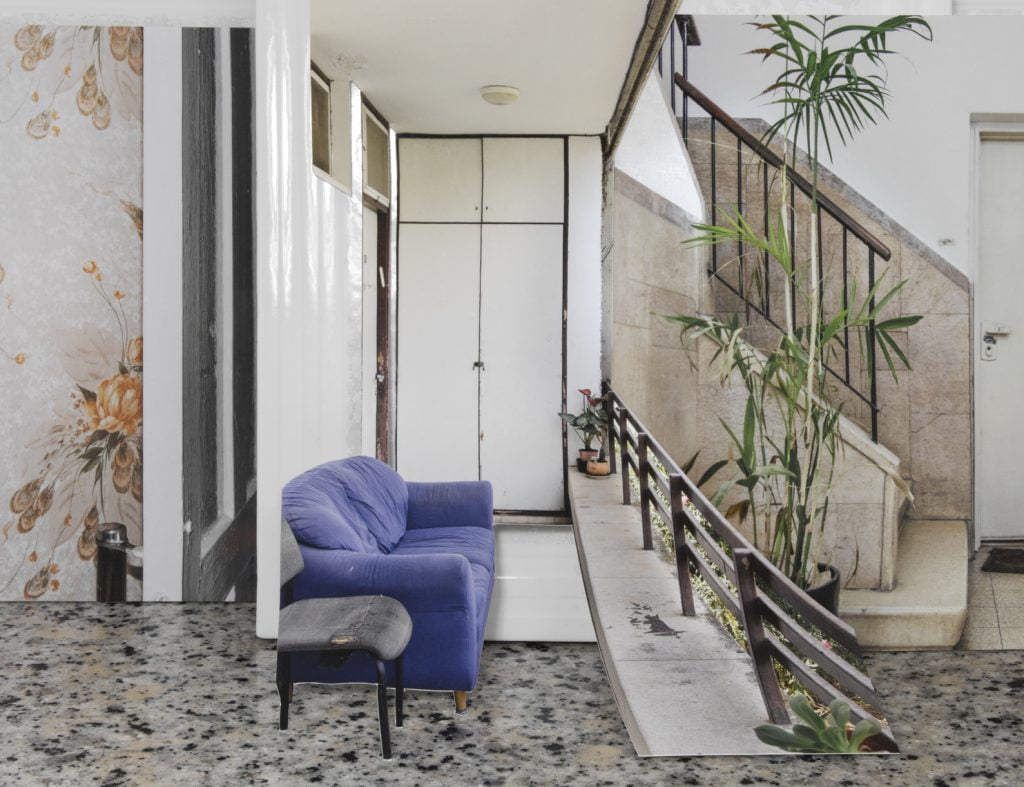
In her multilayered photographs, Vladimirsky uses manual and digital tools as she aspires to challenge photography as we know it and question its capacity to mediate reality.
SEE ALSO: Eat, Play, Love: An Insider’s Guide To Tel Aviv’s Hottest Restaurants And Hotels In 2019
She is best known for her layered hybrid images, derived from her personal biography and her experience of immigration from Ukraine to Israel at a young age. She approaches the relationship between domestic and exterior spaces, between architecture and nature, from a metaphorical point of view, expressing collective cultural values.
In one series Vladimirsky explored and documented flora local to Israel, and digitally transformed them into very typical Ukrainian wallpapers. Her work represents a personal examination of space as an analogy for merging cultures and the tensions between them; it explores the cultural, economic and political structures through which codes and tastes are formed. In another series, Vladimirsky returned to every apartment she has ever lived in (27 in total), photographed them and then digitally formed hybrids from these different parts of her personal history, which under her photographic manipulations becomes universal.
Related posts

Rehabilitation Nation: Israeli Innovation On Road To Healing

Israeli High-Tech Sector 'Still Good' Despite Year Of War





Facebook comments